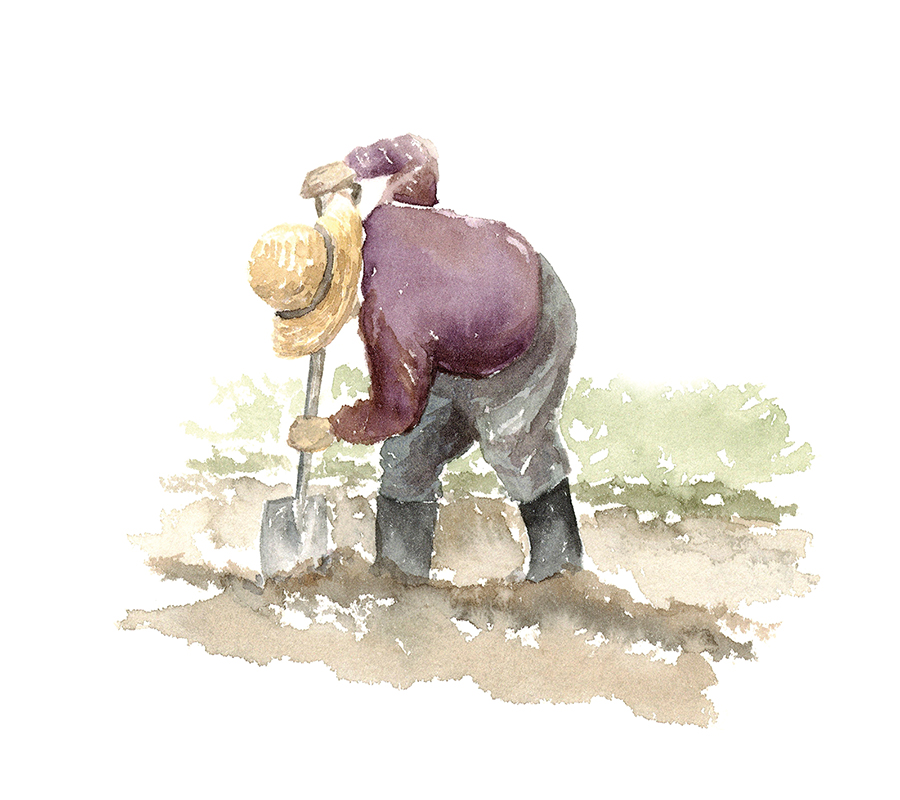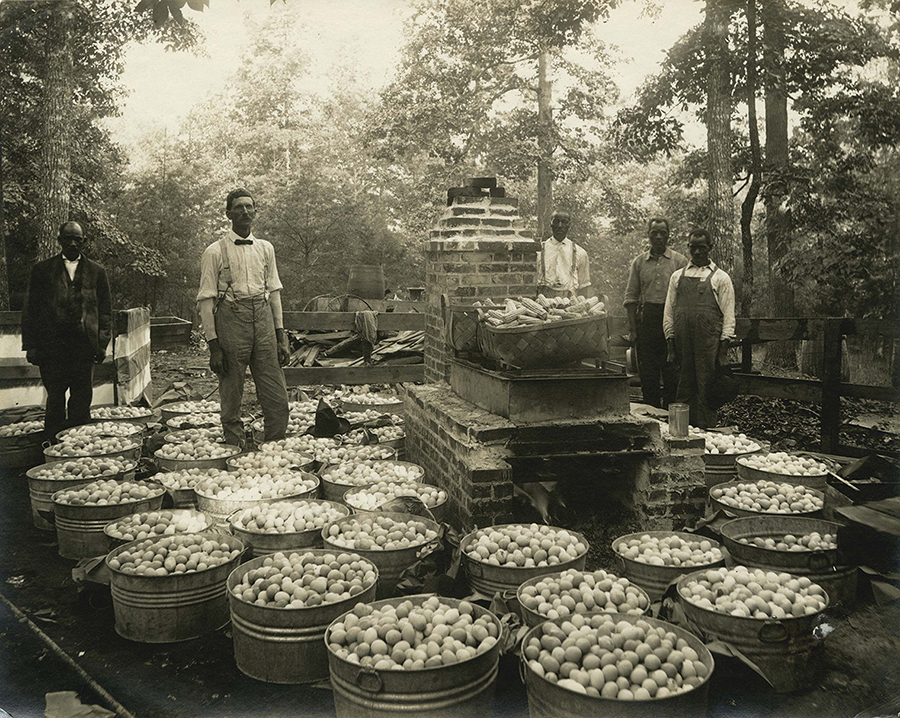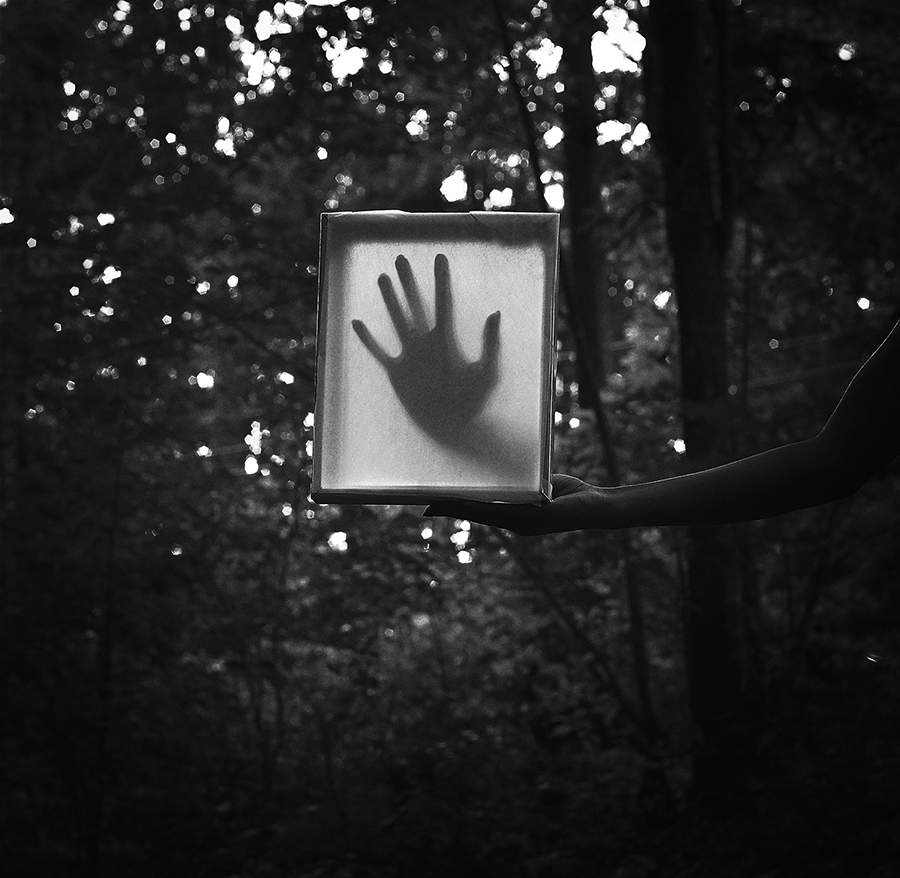Sazerac July 2023

Stay Cool List
 The Dog Days of summer are upon us, but don’t sweat it. We’ve got some ideas to help you keep your chill.
The Dog Days of summer are upon us, but don’t sweat it. We’ve got some ideas to help you keep your chill.
- Enjoy breakfast al fresco before the temperature peaks. Our choice: driveway-fried eggs with hot sauce. Those little black specks? Seasoning.
- Looking for some old school fun? Forget rollerblades. It’s all about fan blades this year. Sit in front of an old-fashioned floor fan and talk directly into it and listen to the magic happen. Even AI sounds more human than you!
- Go skinny-dipping. Don’t have a pool? Your neighbors won’t mind, especially if they’re not home.
- Tackle that summer reading list. We suggest something hot and steamy. You know, just like the weather.
- Finally, email that friend from middle school who signed your yearbook with “Stay cool” to let them know you did, in fact, do just that.
Sage Gardener

Walk past my friend Evan’s house, where the lawns are all but manicured, and you’ll likely do a double take. Beneath the dappled shadows of majestic oaks, his yard is decidedly unkempt, almost wild, but with something clearly intentional going on. Over there, punctuating what most people see as weeds — including joe pye weed, a rainbow of other wildflowers and dandelions — an endangered Schweinitz’s sunflower (purchased, not plucked) is thriving. And, look, there’s a plum tree — and figs ripe for picking nearby, flanked by blueberries, blackberries and elderberries. My friend’s a permaculturist, going on his sixth year of transforming his yard into something akin to a small botanical garden. Like more than 3 million people in 140 countries, Evan is managing his land in a supportable, nondestructive manner, in order (according to him and the Encyclopedia Britannica) to mimic patterns found in surrounding natural ecosystems while reducing waste, preventing pollution, protecting wildlife and improving the land’s biodiversity. “If something doesn’t flourish, maybe it’s telling me it doesn’t want to grow under the conditions in my yard,” he tells me. Among his nonstarters are miner’s lettuce, pine nut seeds, ramps, borage and garlic from seeds. “I’m trying to figure out what this natural system wants to do that can also benefit us, without changing the way that the system works.” Although it may look like it’s a no-sweat proposition, Evan has toted — quite literally — tons of mulch to create meandering pathways around his yard. Building berms from fallen logs and plant debris, he’s created “hugelkultur” mounds, the organic equivalent of raised beds. He spends hours in his vegetable garden, but, if something languishes, he just plucks it up and replaces it with something that flourishes. “Permaculture can take the fear of failure and shame out of gardening,” he says. “Experiment and learn. Make sure it’s fun. And remember, nature is messy.” Which sounds to me like a pretty good maxim for navigating the rest of the world. — David Claude Bailey
Window to the Past

Photograph © Carol W. Martin/Greensboro History Museum Collection
Surrounded by washtubs brimming over with boiled eggs, this crew of five Cone Mills workers preparing for the 1915 annual Fourth of July company picnic might just be wondering whether attendees really want that much egg salad. May we suggest an epic game of egg toss?
Just One Thing

The Yawning Grave, by Gadisse Lee. 2018. Archival Inkjet Print. 15 × 15 in.
“I was born in Addis Ababa, Ethiopia,” writes Gadisse Lee, who got her B.F.A. from UNCG in 2022. “At 6 years old, I lost my birth mother and brother, and one year later my father died of tuberculosis. My sister and I were sent to an orphanage, and eventually adopted and flown to North Carolina. Through my photographs, I grapple with ideas of loss, isolation, displacement, loneliness and survival.” Lee’s photos will be featured at GreenHill beginning July 22 in Living in the Ordinary World, a retrospective covering the work of photographer John Rosenthal over the last 40 years. Lee’s photos are among those of 10 photographers whose work Rosenthal, a Chapel Hill-based photographer and essayist, chose to have showcased along with his own work. Rosenthal’s photos will include early black-and-white images of New York City, his renowned series on Hurricane Katrina and more recent color photographs of coastal landscapes. Of Lee’s work, GreenHill Curator Edie Carpenter says simply, “Gadisse Lee is an incredibly talented young photographer,” but her work speaks for itself. Info: greenhillnc.org
